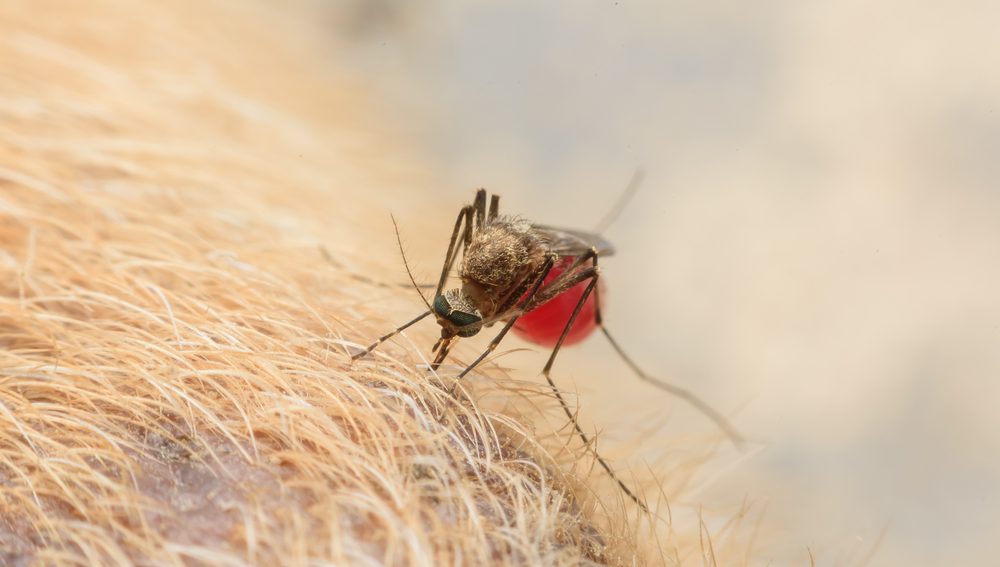
Feline Viral Infections: The Dangerous Triple Threat
Feline companions are special, and cat owners enjoy their purring pal’s playful, independent, and curious nature. Some pet owners mistakenly think that a cat is easier to care for than their canine counterpart. However, providing your feline companion with clean litter boxes, proper nutrition, plenty of toy mice, and regular veterinary care is critical, to ensure they thrive into their grey whisker years.
Additionally, your cat may spend hours gazing out the window, wishing they could explore the great outdoors, and finally catch the pesky backyard squirrel. However, keeping your cat indoors is a critical component of responsible cat ownership, because outdoor cats have an increased risk of contracting dangerous infectious diseases. Our Harbor Pines Veterinary Center team wants to ensure your feline friends remain healthy through all life stages, and we describe three common cat viral infections, the signs, treatment, and prevention.
#1: Feline infectious peritonitis in cats
Feline infectious peritonitis (FIP) is one of the most common infectious causes of death in young cats, and occurs from a mutation in certain enteric feline coronavirus (FeCV) strains. More than 50 percent of cats are FeCV carriers, and approximately 10 percent of those cats have the FIP-causing mutation, which attacks their white blood cells. Young cats, immunocompromised cats, cats who are housed in crowded catteries, and cats who are stressed, are most at risk for developing an FIP infection. Specifically, FeCV is spread by contact with an infected cat’s feces, and is not contagious to humans or other species. Additionally, cats who develop FIP may have a genetic disease predilection, and they are not considered contagious to other cats.
- FIP signs — Signs are variable, and may include fever, lethargy, decreased appetite, yellowing of the skin, difficulty breathing, sneezing, and a pot-bellied appearance.
- FIP treatment — No cure or treatment is available for an FIP infection, and most cats will succumb to the disease. However, supportive veterinary care can increase their quality of life.
- FIP prevention — Although no FIP vaccination exists, ensuring your cat receives all recommended core vaccinations to prevent common cat diseases, which can make them more susceptible to an FIP infection, can help prevent disease. Bring your cat for yearly, or more frequent, veterinary visits, to check for underlying health problems, and ensure they are receiving proper nutritional support and parasite prevention.
#2: Feline leukemia virus in cats
Feline leukemia virus (FeLV) is a widespread, highly contagious retrovirus that causes more cat deaths than any other organism, and is a leading cause of lymphoma cancer. More than 85 percent of cats will succumb to the disease after diagnosis, which is made through a blood test. In some cases, cats who are exposed to FeLV can resist the virus and clear the infection. False-positive tests may occur, so our Harbor Pines veterinarian may recommend several FeLV tests for your new kitten, to ensure they are negative for the disease. FeLV is most commonly spread through mutual grooming or fighting, although the virus can also be transmitted through an infected cat’s bodily fluids, including urine and feces.
- FeLV signs — Persistently FeLV-positive cats may not show disease signs for several years. Signs are variable, and may include pale gums, enlarged lymph nodes, inflammation of the gums and mouth, lethargy, gastrointestinal problems, neurologic disorders, and respiratory problems.
- FeLV treatment — No treatment or cure is available for an FeLV-infected cat. However supportive care, including fluid therapy or immunotherapy medications, may decrease disease signs, and improve overall quality of life.
- FeLV prevention — FeLV is preventable in cats with a vaccination series, if they have not been previously exposed. The American Association of Feline Practitioners recommends that most kittens receive two vaccinations, plus a booster at 12 months of age. Additionally, avoid bringing an unvaccinated cat, a cat who has not been FeLV-tested, or an FeLV-negative cat, into a home with an FeLV-positive cat, to prevent disease spread.
#3: Feline immunodeficiency virus in cats
Feline immunodeficiency virus (FIV), which is also referred to as feline AIDS, is a highly contagious cat retrovirus, similar to the human immunodeficiency virus (HIV). Like HIV, FIV is a species-specific virus that attacks the immune system, increasing the cat’s chances of contracting secondary infections that can lead to severe illness. FIV-positive cats may live long disease-free lives with regular preventive care, but they can still spread the virus. Although any cat can become infected, FIV is most commonly diagnosed in outdoor, unneutered, male cats who have increased exposure to bite wounds.
- FIV signs — Illness severity is variable, and signs may not occur for years after an FIV diagnosis. Signs may include lethargy, conjunctivitis, inflammation of the mouth and gums, weight loss, and fever.
- FIV treatment — An FIV infection has no treatment or cure. Cats who show signs should receive regular veterinary supportive care, such as intravenous fluids, to prevent dehydration.
- FIV prevention — Keeping your cat indoors, and avoiding contact with cats who have not been FIV tested, will vastly reduce your cat’s chances of contracting an FIV infection. Scheduling yearly, or more frequent, preventive care examinations will help ensure your cat remains healthy, and decrease their chances of secondary infections or illness.
Call our Harbor Pines Veterinary Center office if you have any questions about these feline viral infections, or to schedule your cat for their preventive care examination, to help ensure they are protected and disease-free.



















